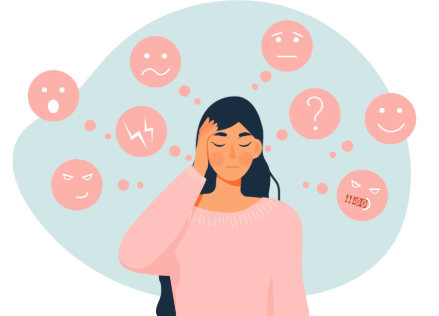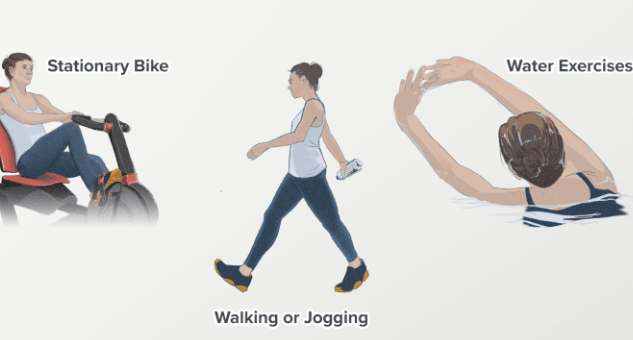Introduction: Shifting the Lens on Fibromyalgia
Fibromyalgia often feels like a confusing and painful mystery. For many people living with it, one haunting thought keeps resurfacing — If I feel this much pain, there must be something seriously wrong inside my body. But here’s a powerful truth worth exploring: Fibromyalgia does not mean your body is broken. In fact, fibromyalgia is proof that pain can exist without structural damage.
In this article, we explore the deep reality behind the key phrase “Fibromyalgia: There is nothing structurally wrong with your body” and how understanding this can be the first step toward healing.
Breaking the Myth: Why Fibromyalgia Pain Feels So Real
The Intensity of the Pain is Not Imaginary
People with fibromyalgia experience very real pain. But it is important to know that this pain is not caused by tissue damage, broken bones, or inflamed joints.
The Problem Lies in Pain Processing
Fibromyalgia is now recognized as a condition of pain amplification. Your nervous system becomes hypersensitive, turning normal signals into pain signals.
What Does “Nothing Structurally Wrong” Actually Mean?
No Damage to Muscles or Organs
Medical tests like MRIs, X-rays, or bloodwork often come back normal for fibromyalgia patients. That’s because:
- Muscles are intact
- Bones are healthy
- Organs function properly
The Issue is in Communication, Not Construction
The body’s structure is fine, but the communication pathways between the brain, nerves, and body have become overactive.
Understanding Central Sensitization: The Core of Fibromyalgia
How the Nervous System Becomes Overprotective
Central sensitization happens when the brain interprets safe signals from the body as danger. Over time, this leads to:
- Widespread pain
- Heightened sensitivity
- Overactive stress response
Why the Brain is Trying to Protect You
This is not a sign of weakness. It is your brain’s way of guarding you from perceived threats, even when those threats are not physically harmful.
Emotional and Stress Factors Play a Bigger Role Than You Think
Stress Can Fuel the Pain Loop
Emotional distress, trauma, or chronic stress can trigger and maintain fibromyalgia symptoms by keeping the nervous system stuck in alarm mode.
The Brain-Body Connection in Fibromyalgia
Fibromyalgia is deeply tied to how the brain processes experiences like:
- Fear
- Anxiety
- Past trauma
- Overwhelm
How Knowing There’s No Structural Damage Can Be Empowering
Freedom from Fear of Movement
Many people avoid activity thinking they might damage their body more. But in fibromyalgia:
- Movement is safe
- Gentle activity can help retrain the nervous system
- Exercise can calm pain sensitivity
Reducing Catastrophic Thinking
Understanding that your body is not falling apart allows you to focus on:
- Nervous system regulation
- Stress management
- Gradual lifestyle changes
Healing Begins with Reassurance and Knowledge
Education Calms the Nervous System
Learning about your condition reduces fear, which in turn helps quiet the brain’s pain response.
Your Body is Stronger Than You Realize
Fibromyalgia does not equal fragility. Your muscles, joints, and bones remain capable and adaptable with the right care.
Tools to Support Healing Without Fear
Somatic Practices to Rebuild Trust in Your Body
Gentle body awareness exercises can help regulate the nervous system, such as:
- Breathwork
- Gentle yoga
- Mindful movement
Calming Techniques for a Hyperactive Nervous System
Daily practices like:
- Meditation
- Visualization
- Grounding exercises
can signal safety to the brain.
Rewriting Your Story Around Pain
From Fear to Confidence
Understanding that there is nothing structurally wrong with your body changes the narrative from:
“My body is damaged” to “My nervous system needs support.”
Believing in Recovery
Many people find lasting relief by working with their brain and body rather than fighting against them.
Conclusion: The Body is Not Broken — It’s Asking for Care
Fibromyalgia is not the result of damage or destruction within the body. Instead, it is a complex communication issue within the nervous system. When you understand that there is nothing structurally wrong with your body, new doors open for healing, movement, and peace. This perspective is not only scientifically accurate but also deeply hopeful. It invites you to work with your body — gently, patiently, and lovingly — knowing that recovery is possible, not through fixing broken parts, but through calming an overworked system ready to find balance again.

Click Here to Visit the Store and find Much More….
For More Information Related to Fibromyalgia Visit below sites:
References:
Fibromyalgia Contact Us Directly
Click here to Contact us Directly on Inbox
Official Fibromyalgia Blogs
Click here to Get the latest Chronic illness Updates
Fibromyalgia Stores



